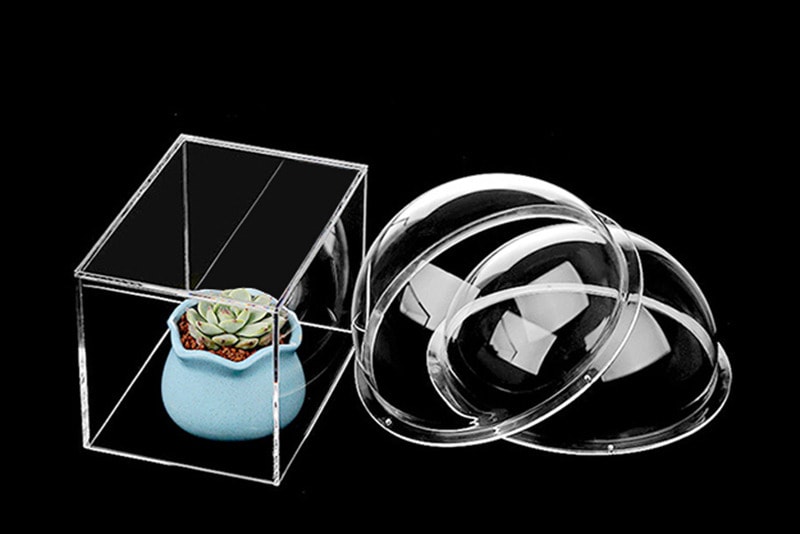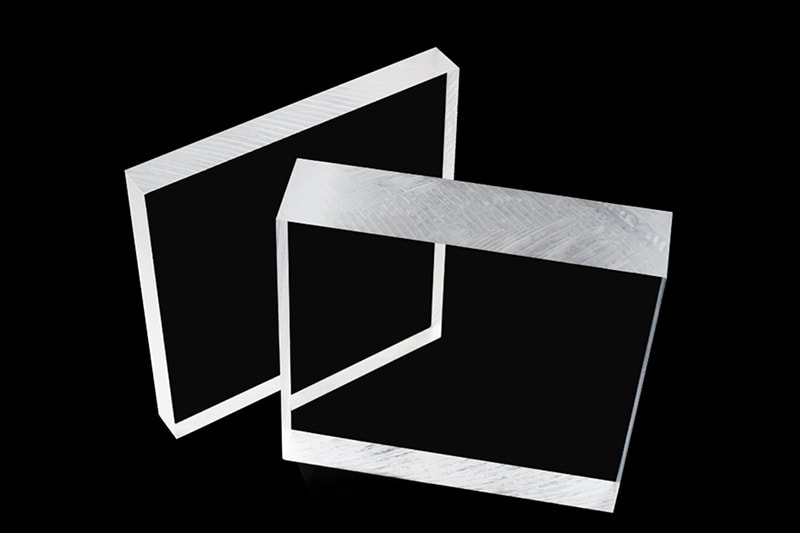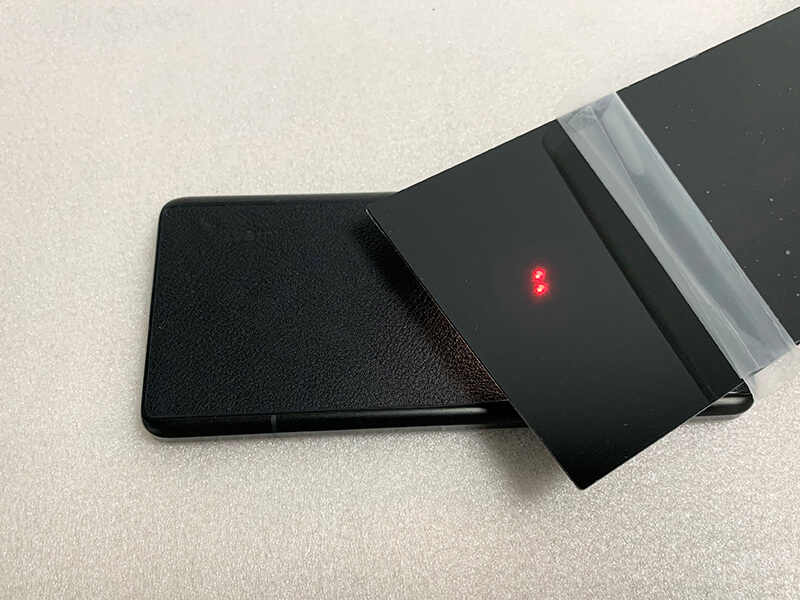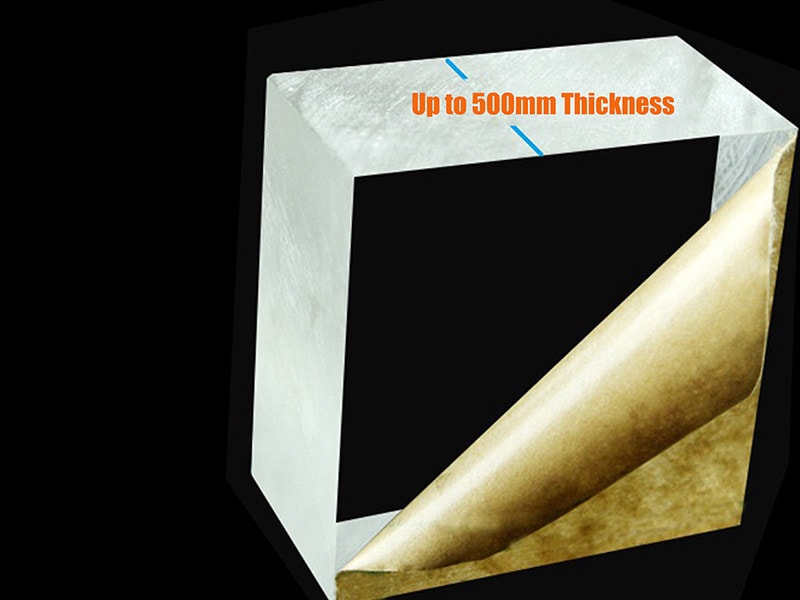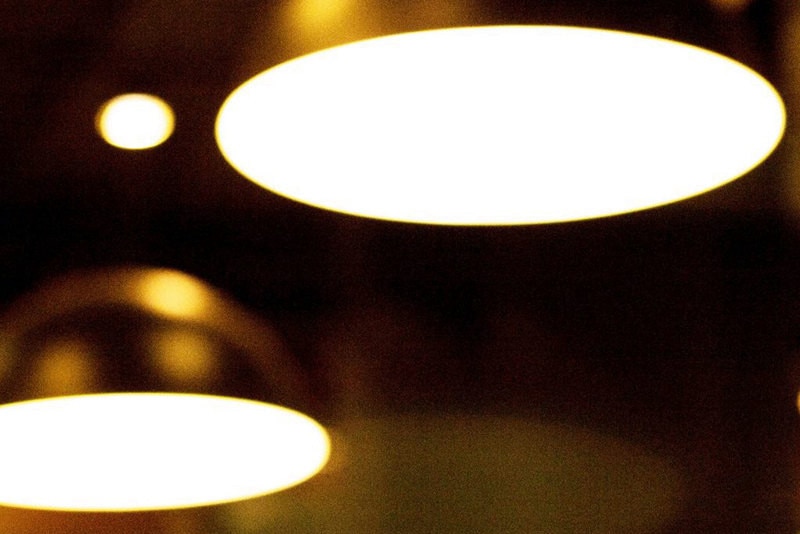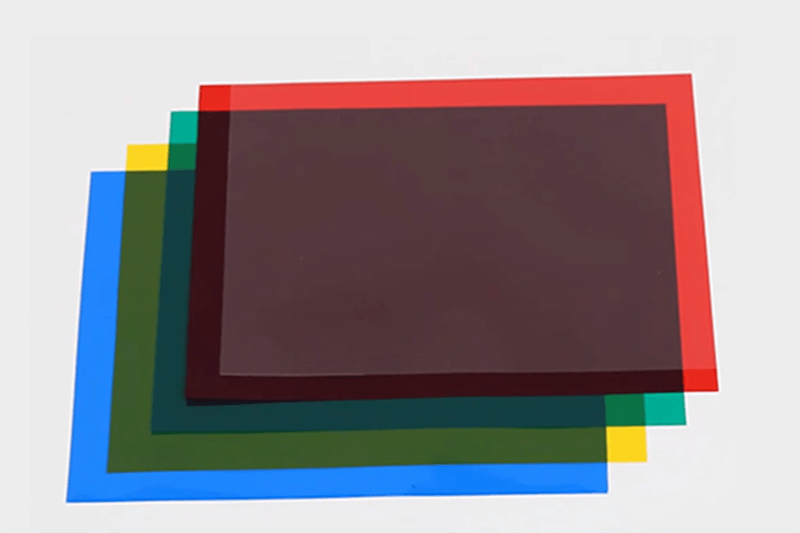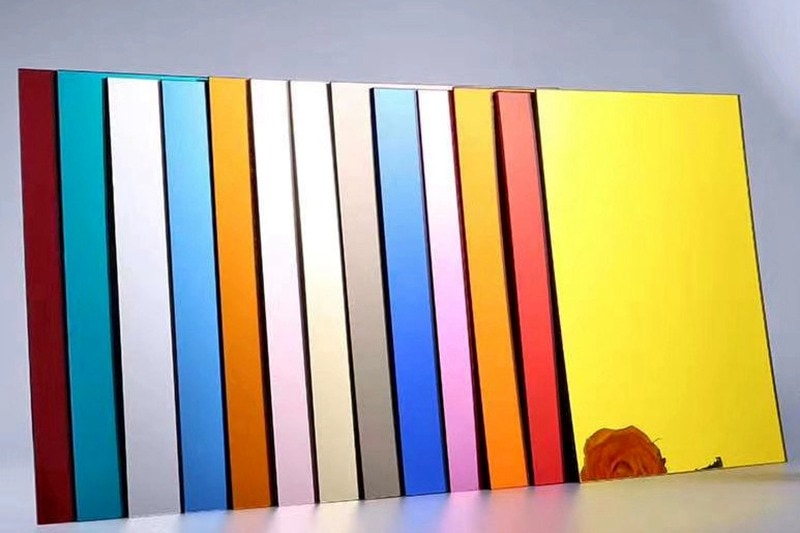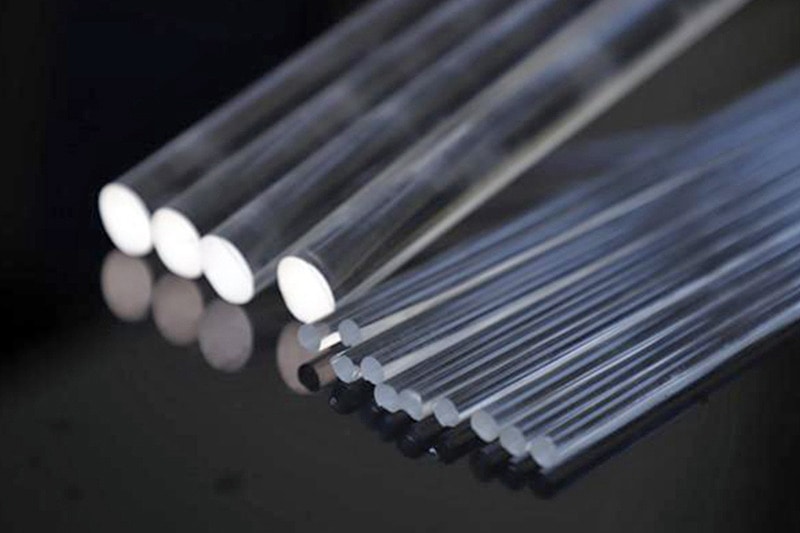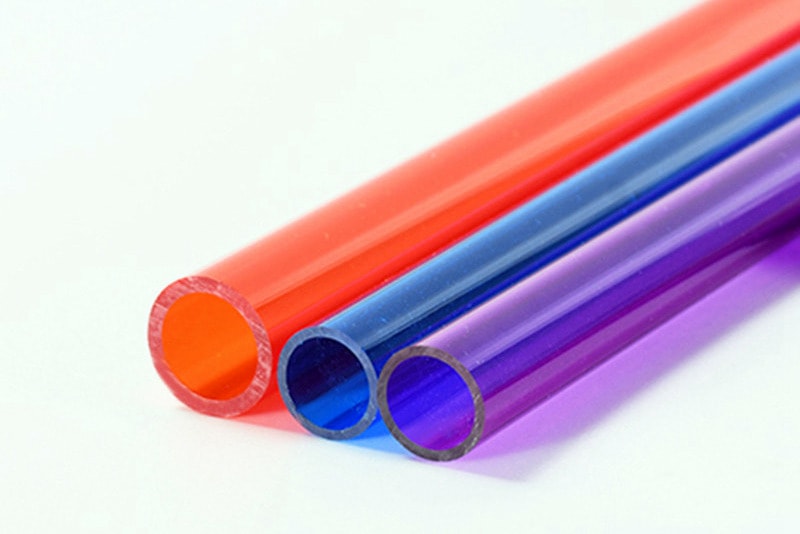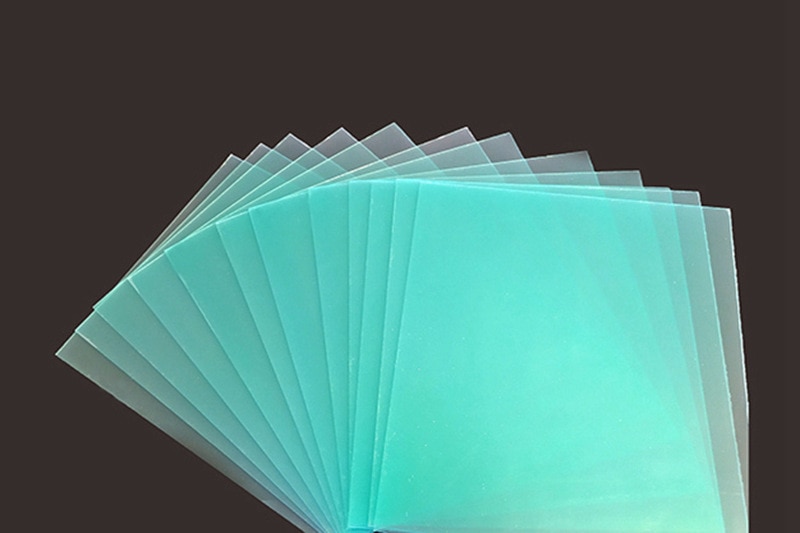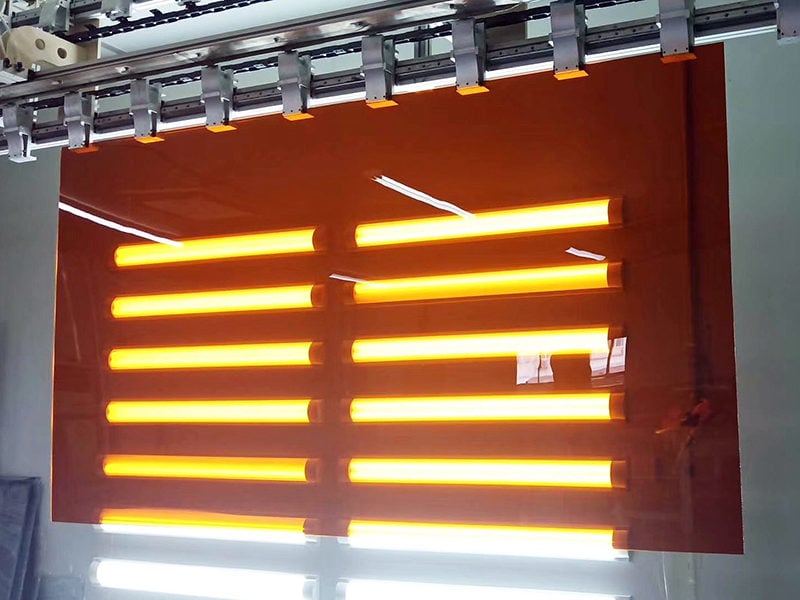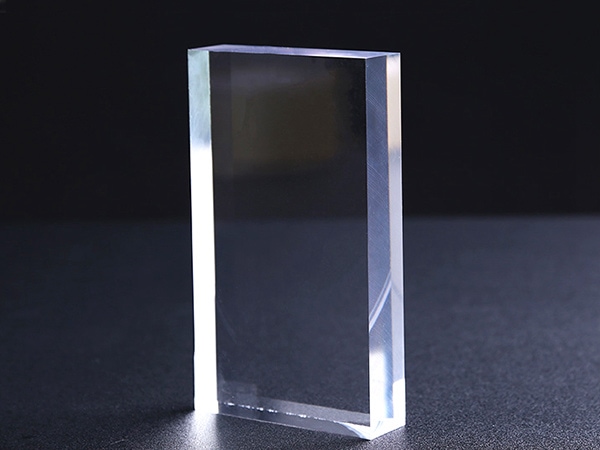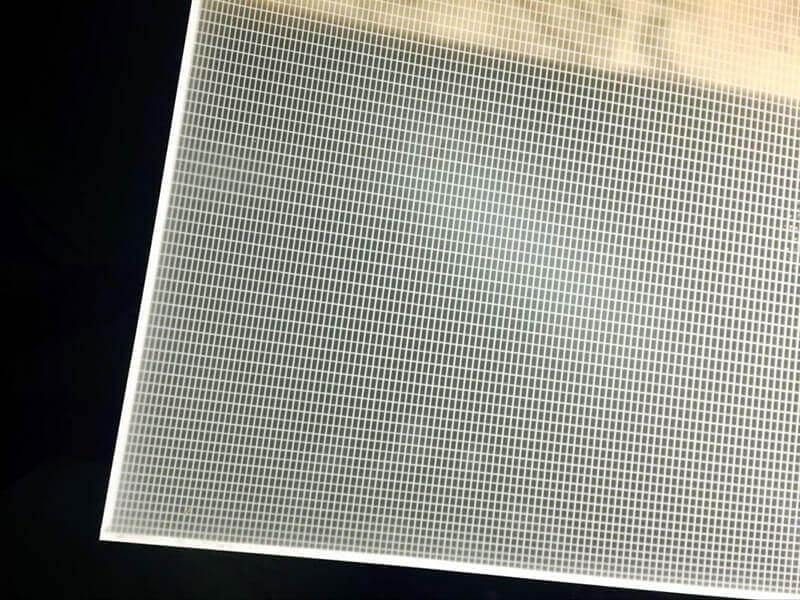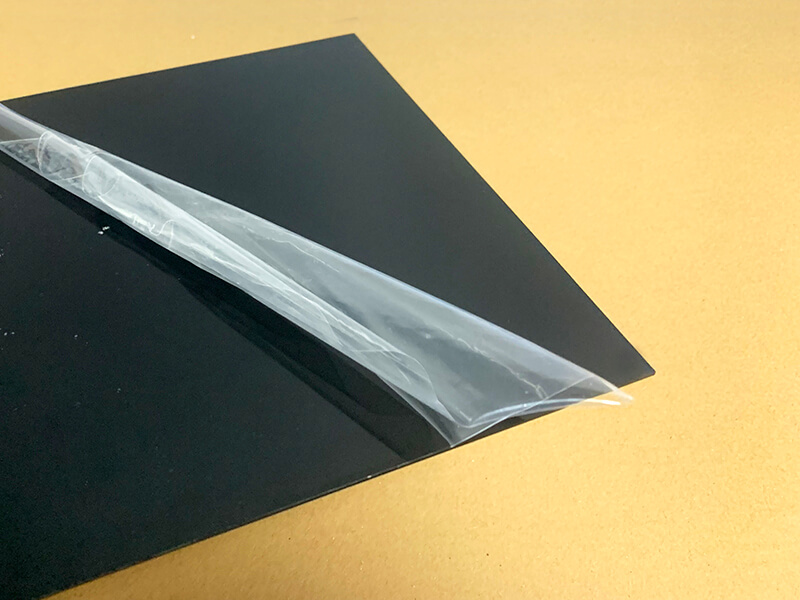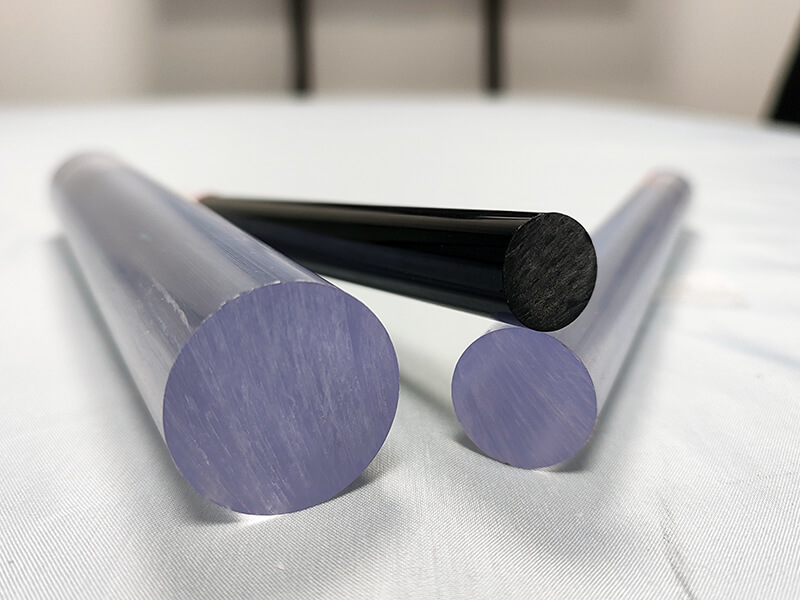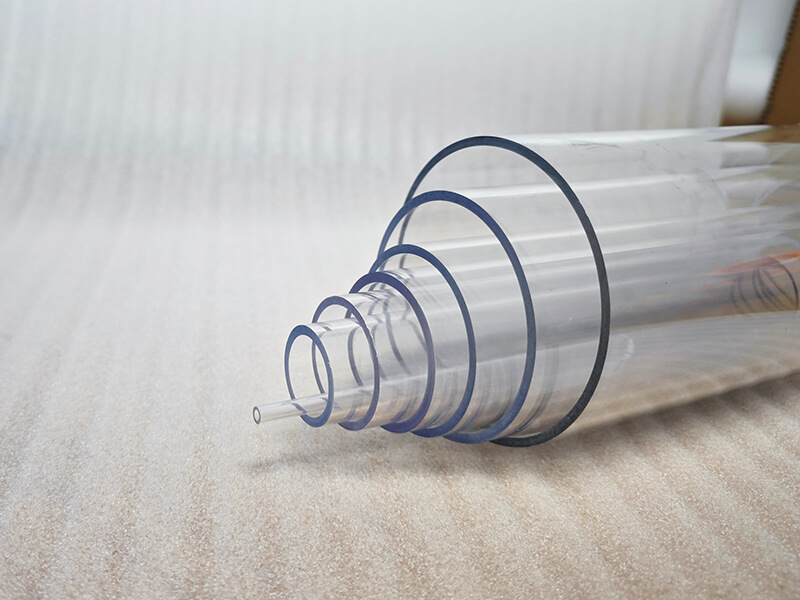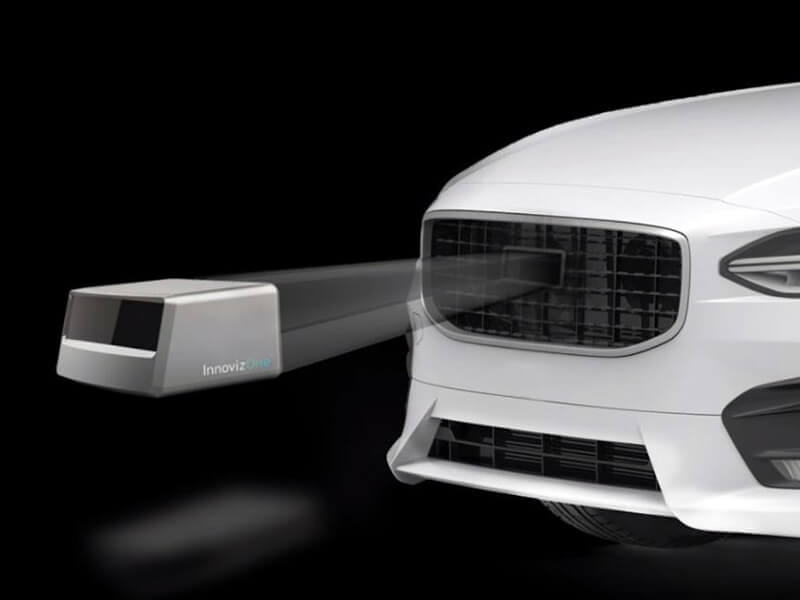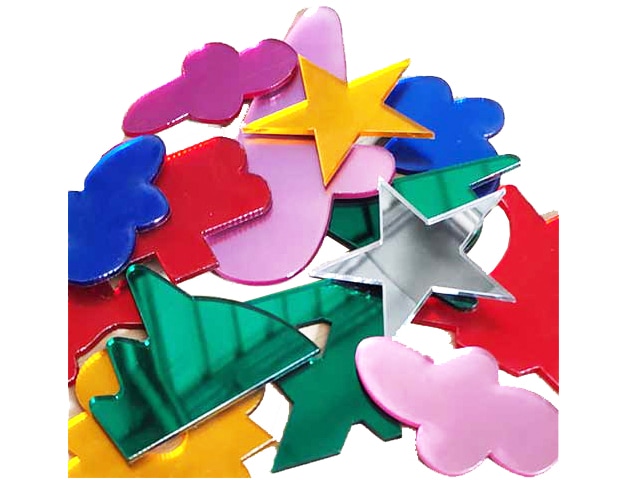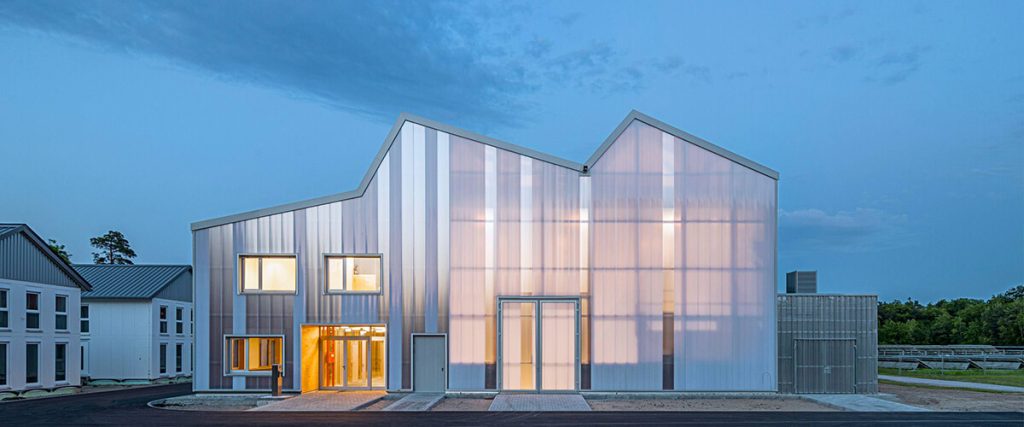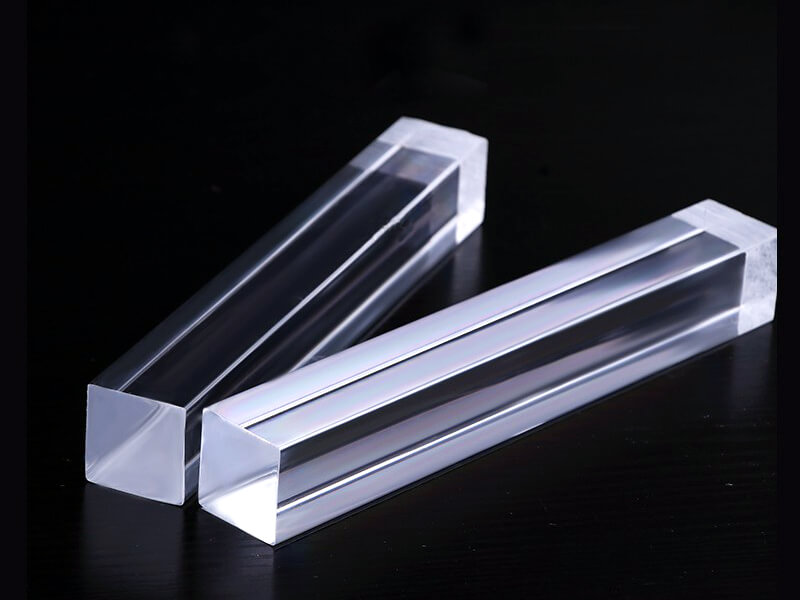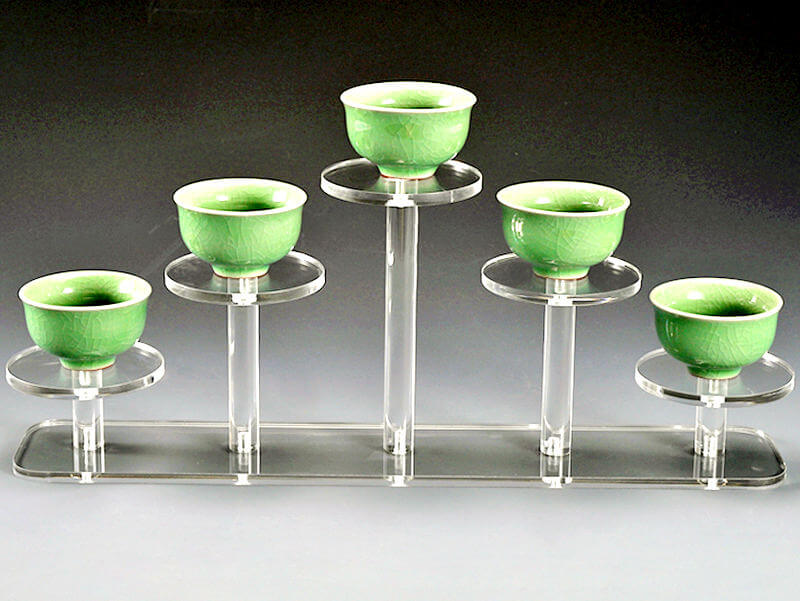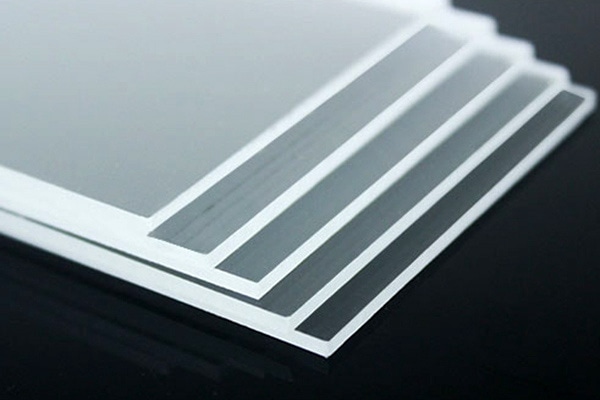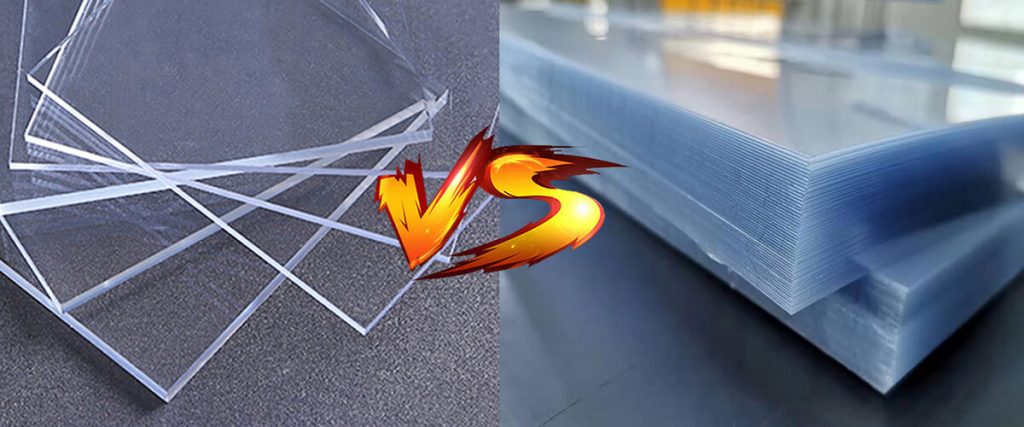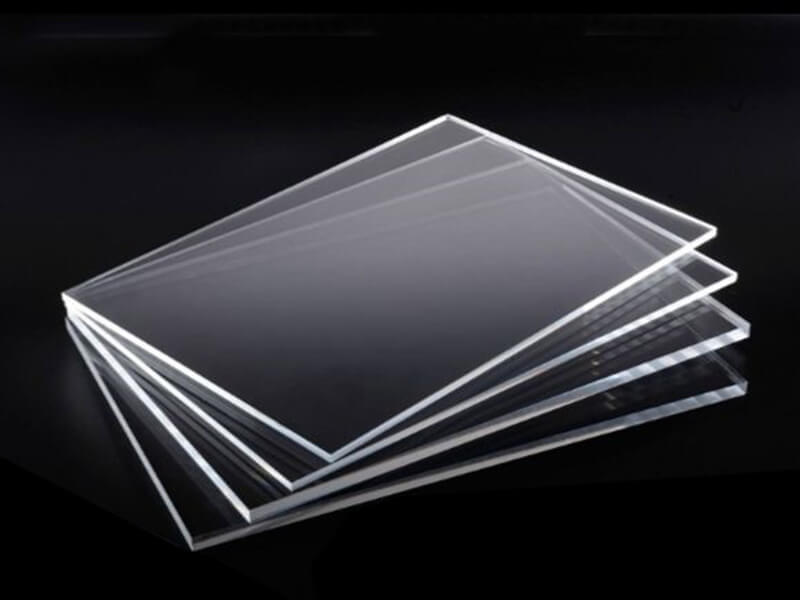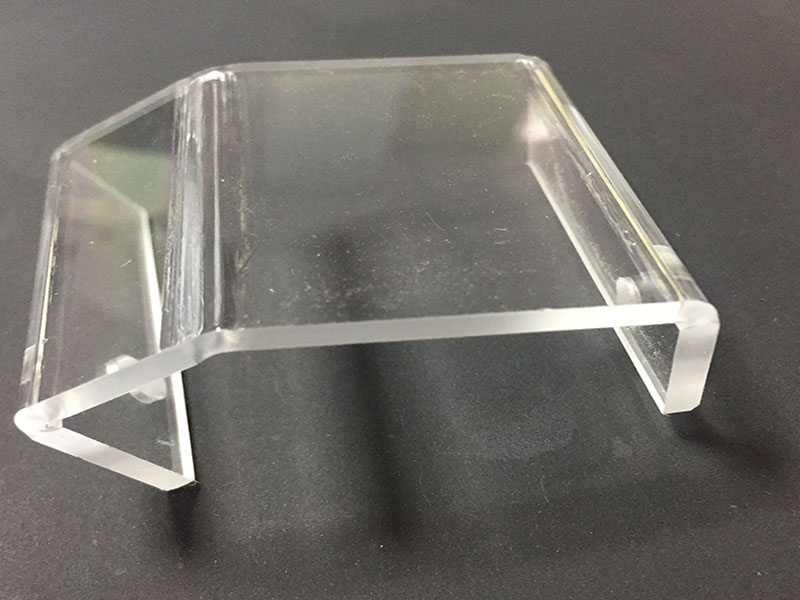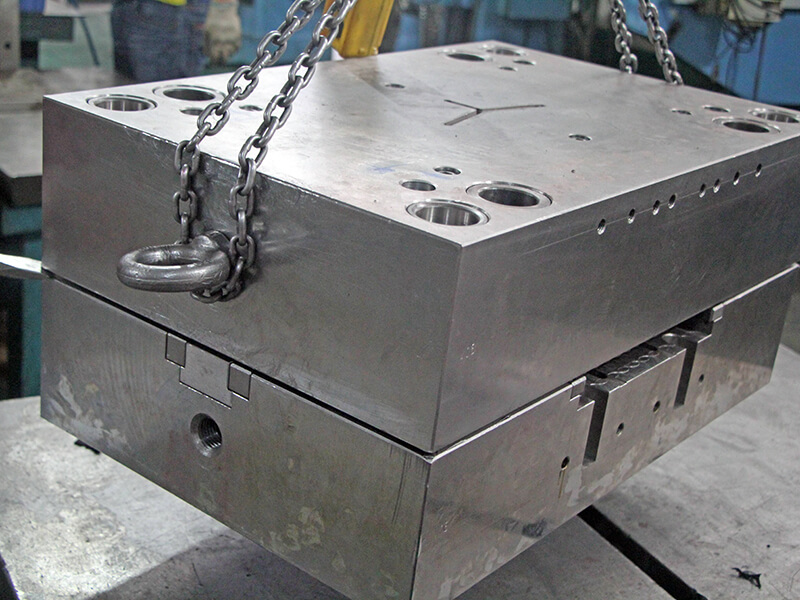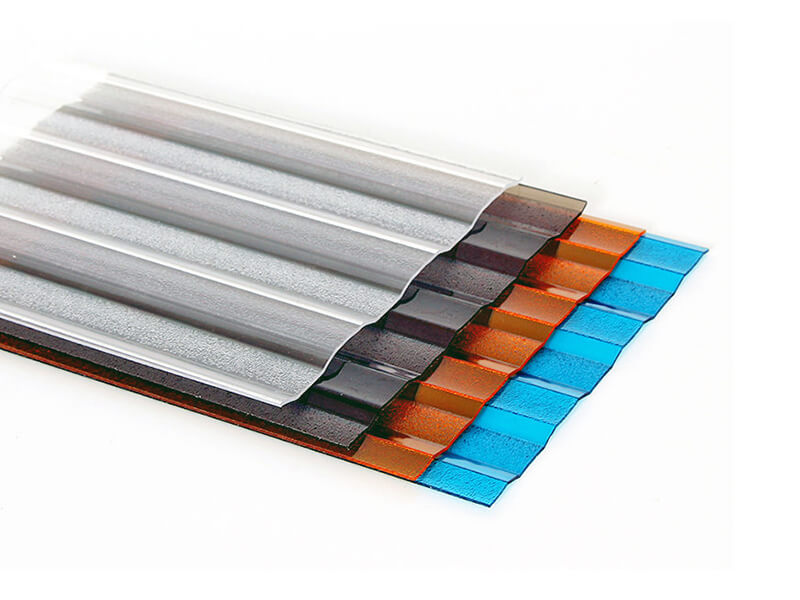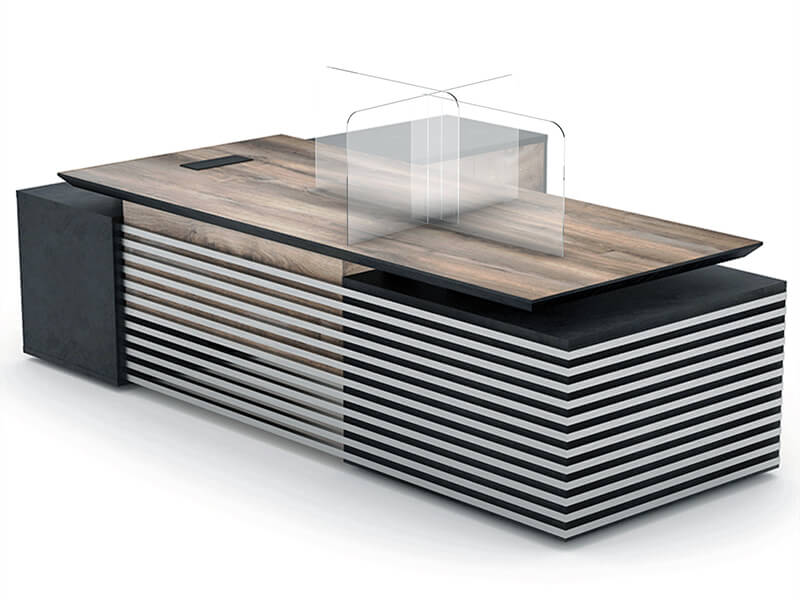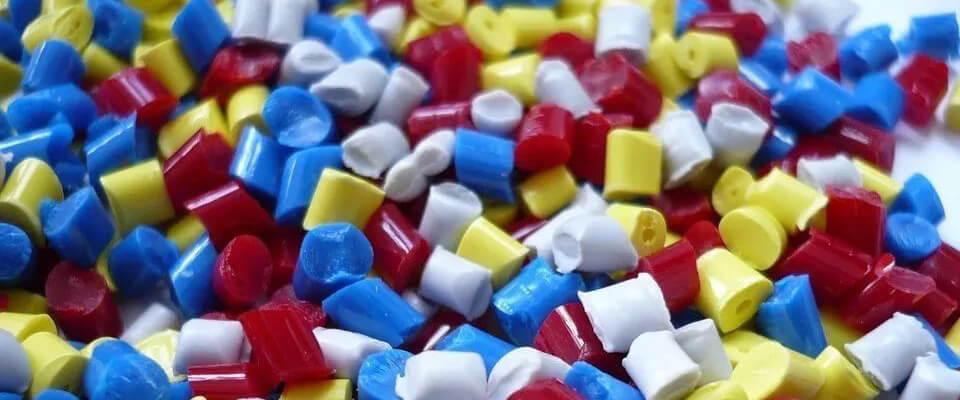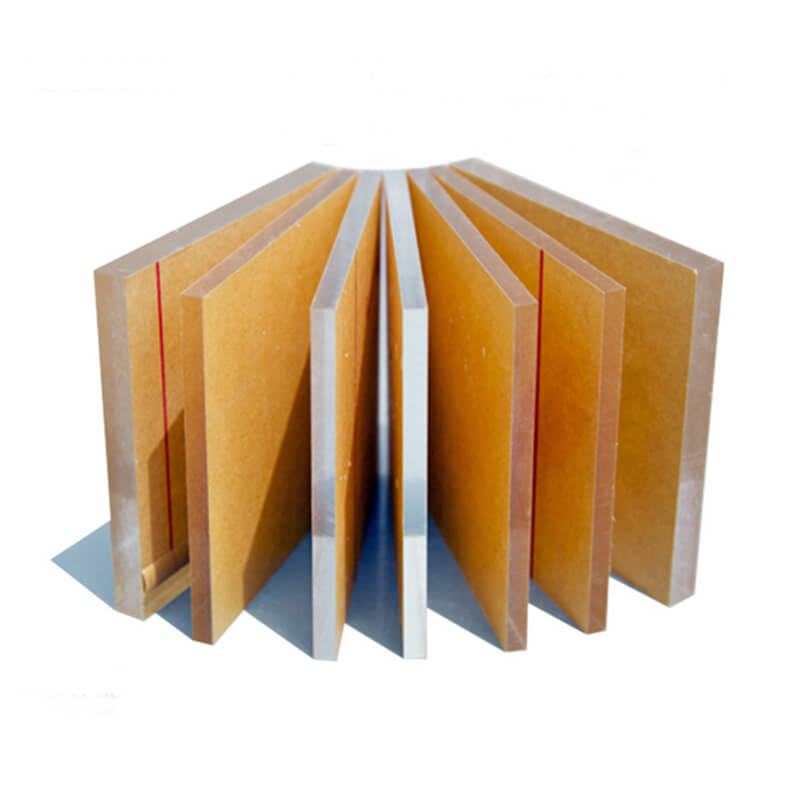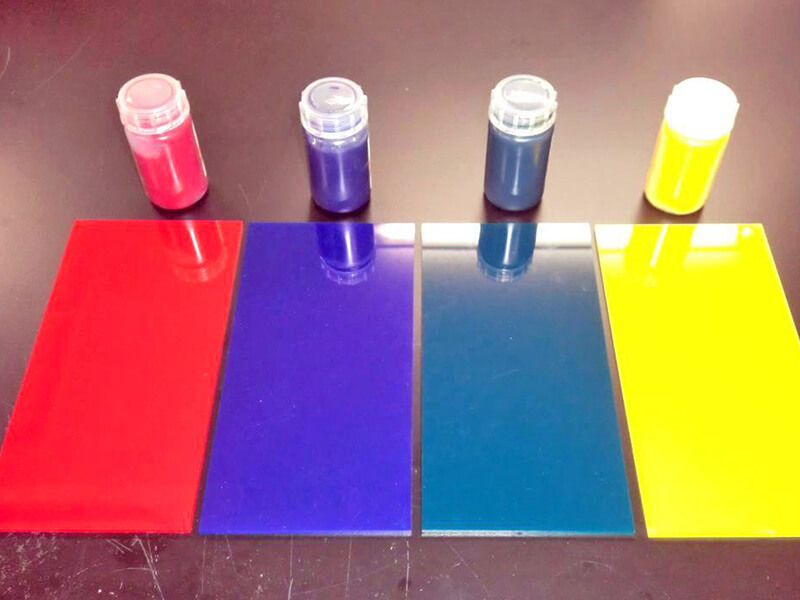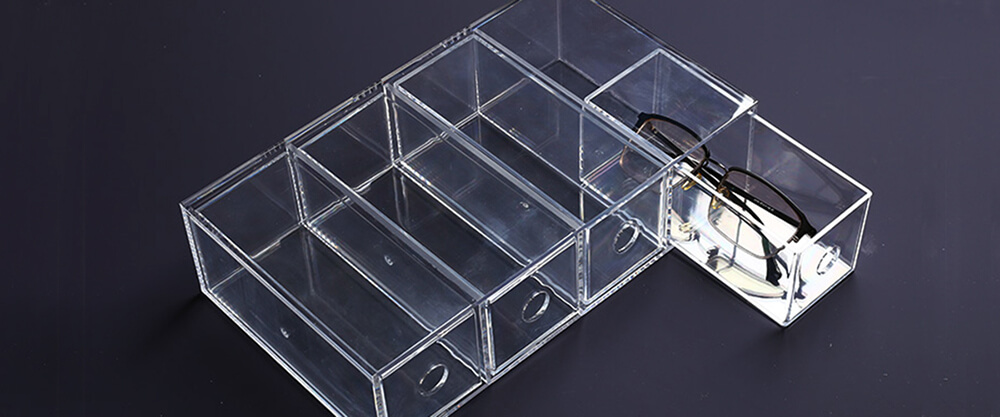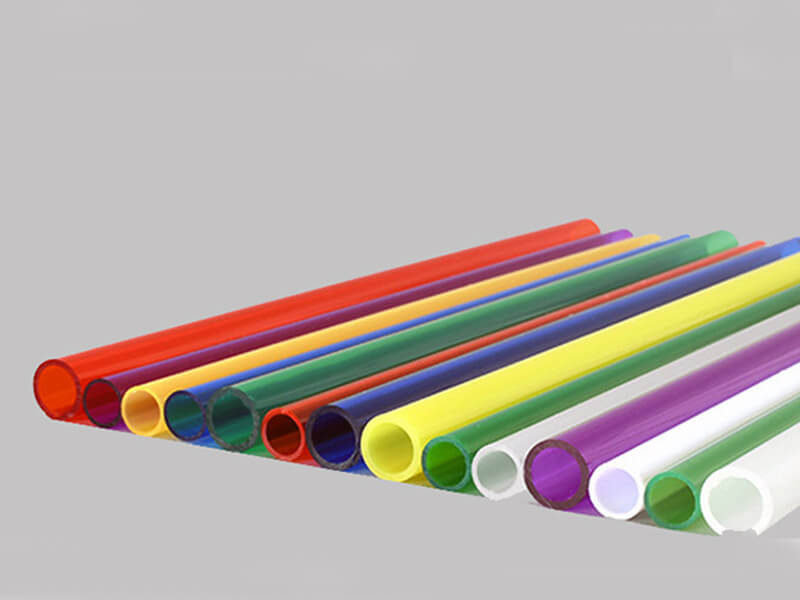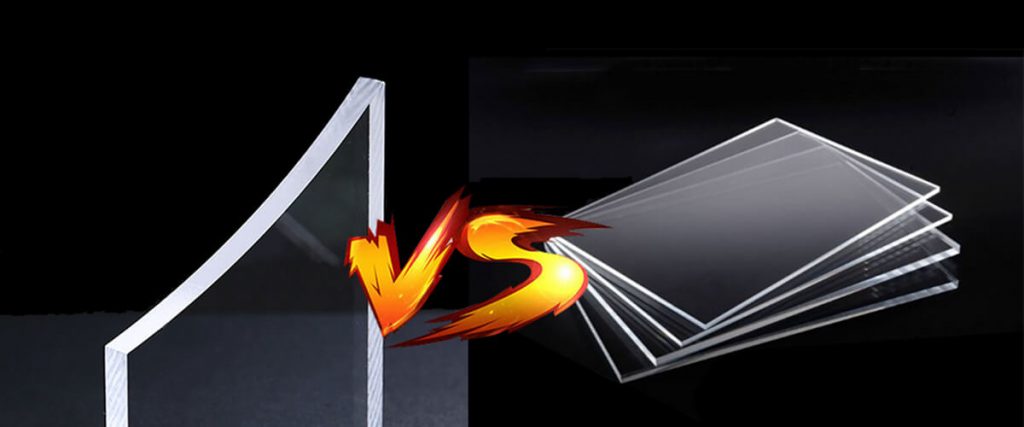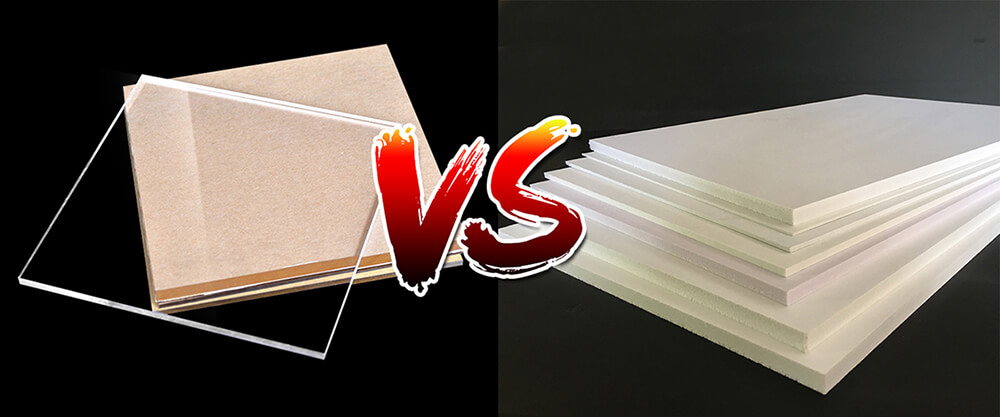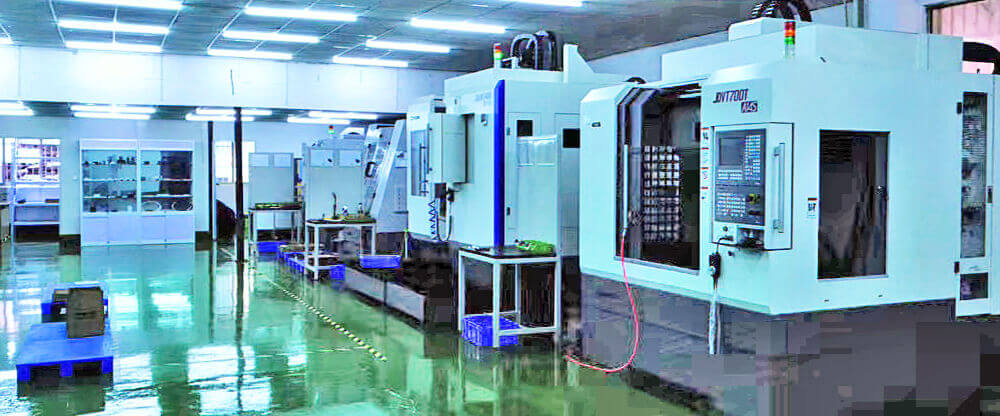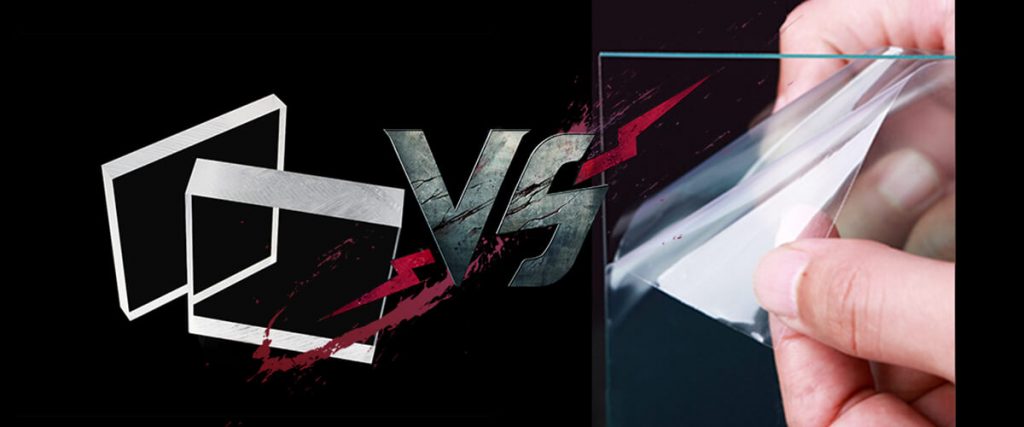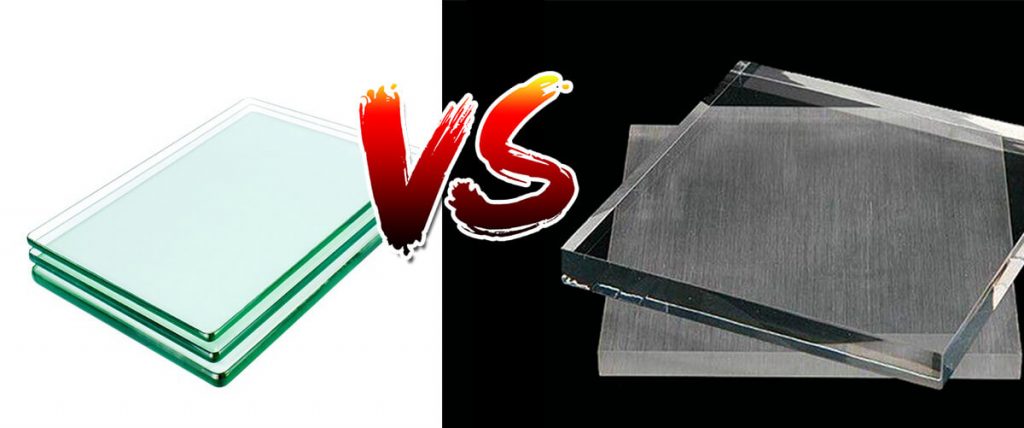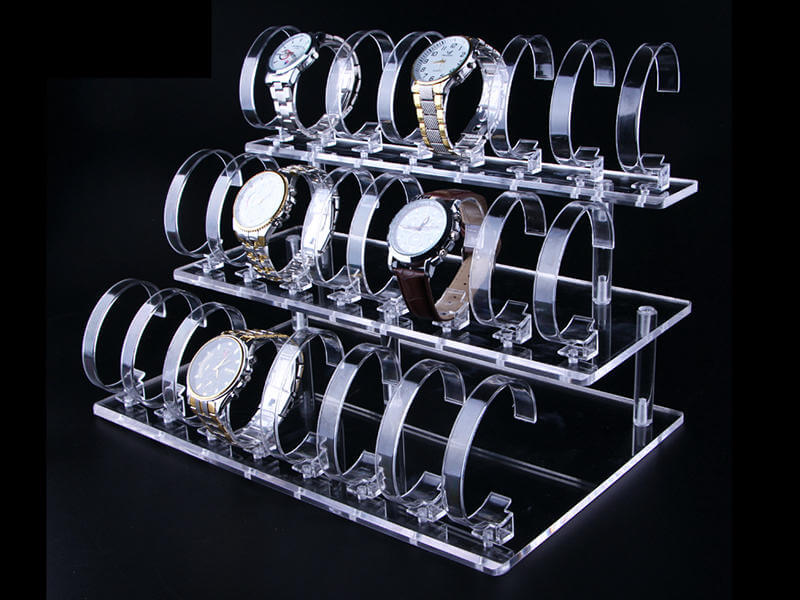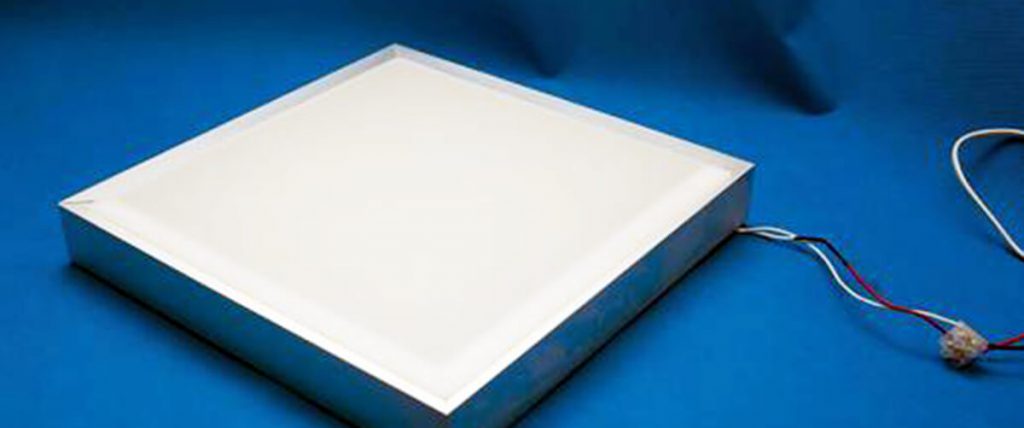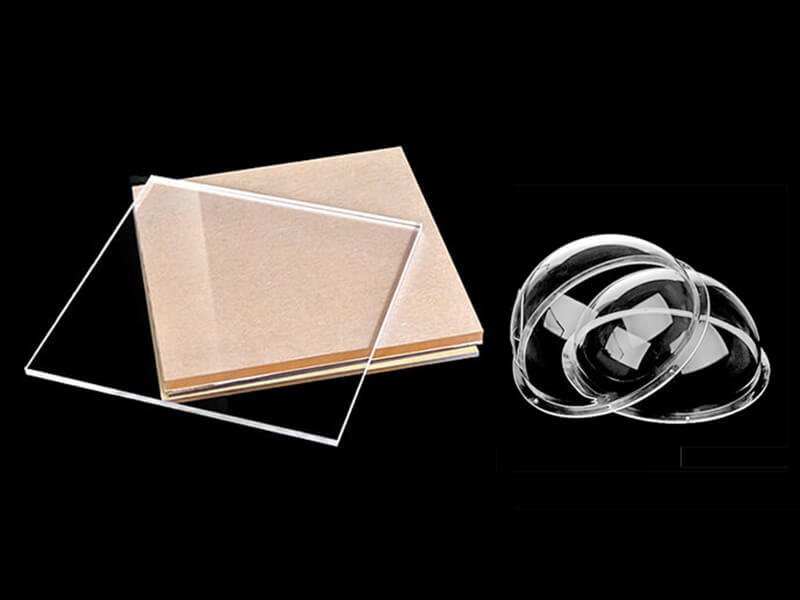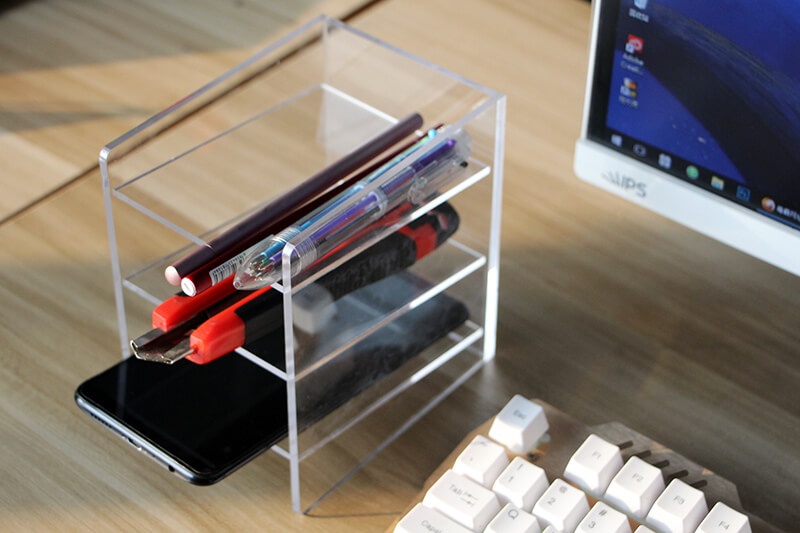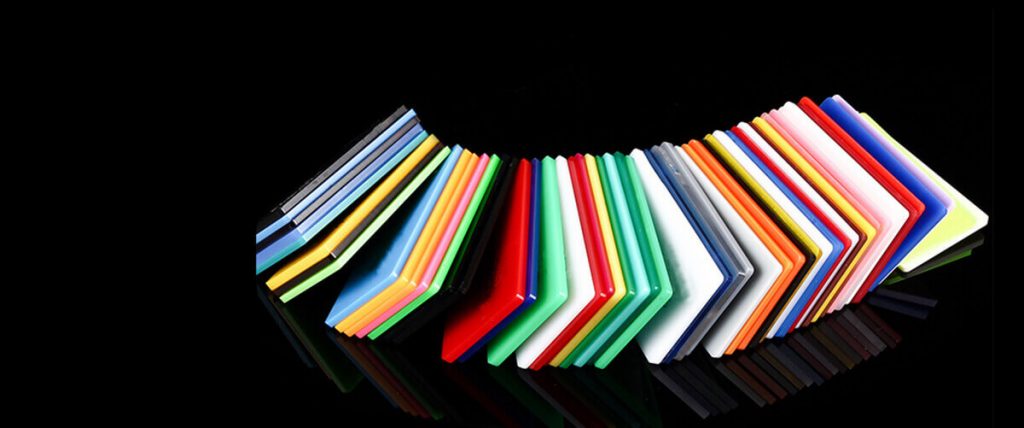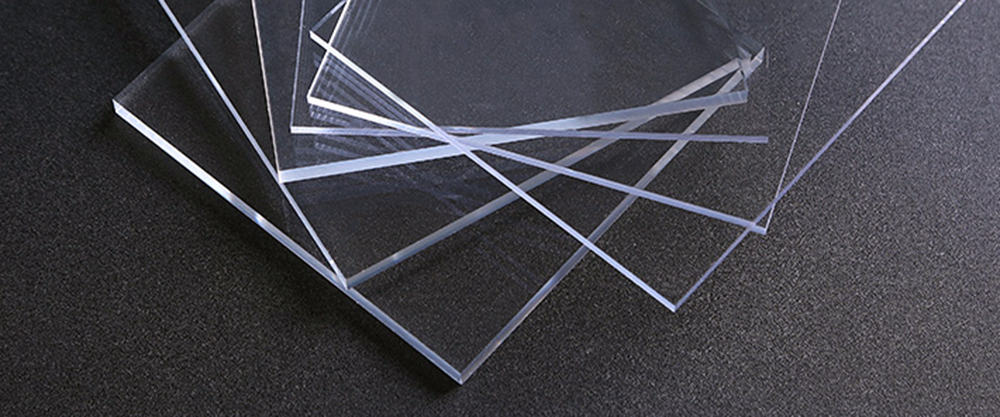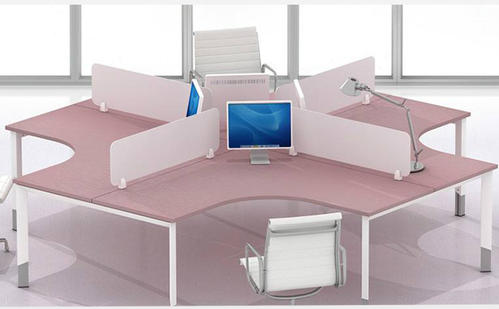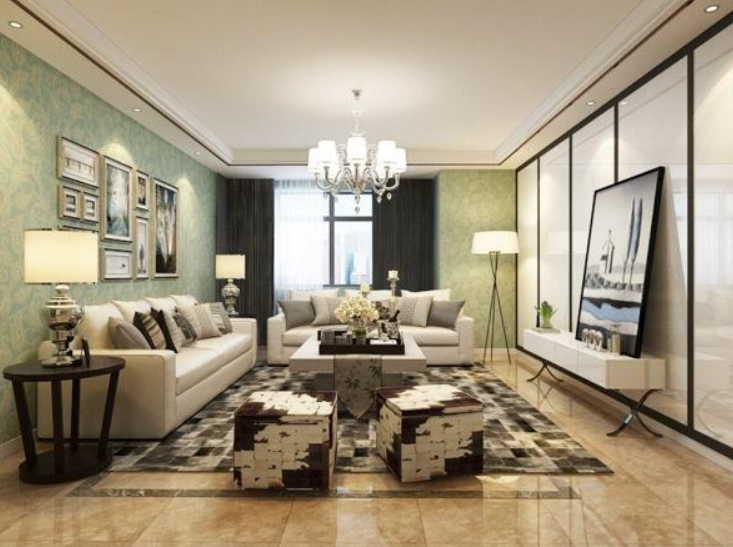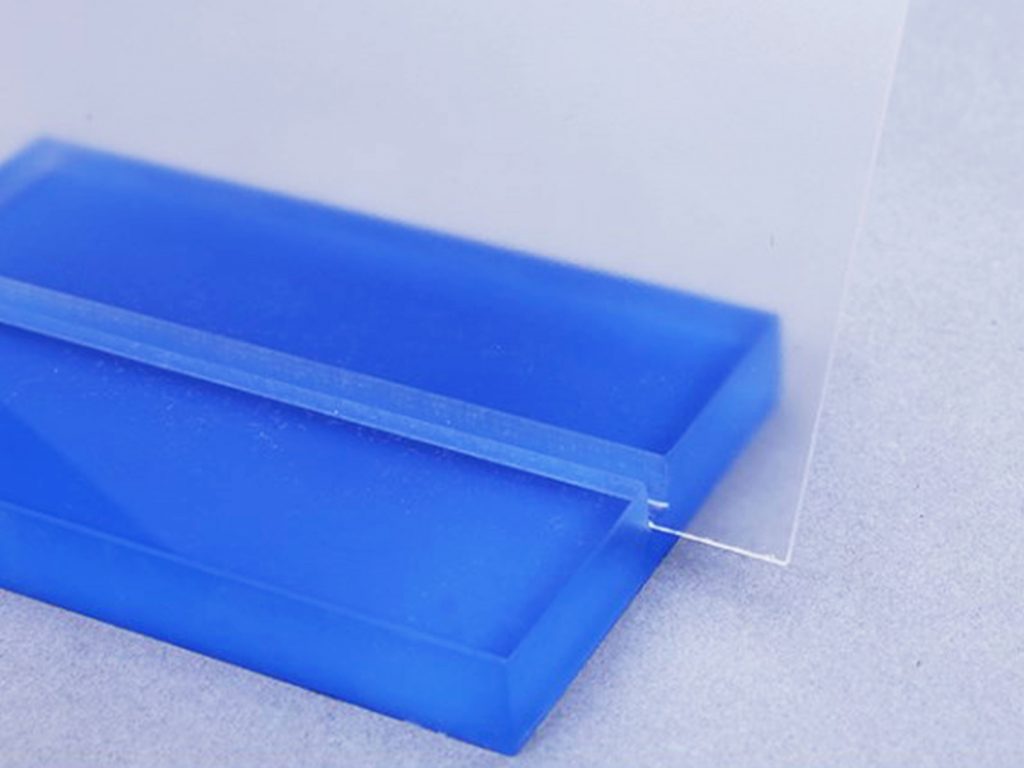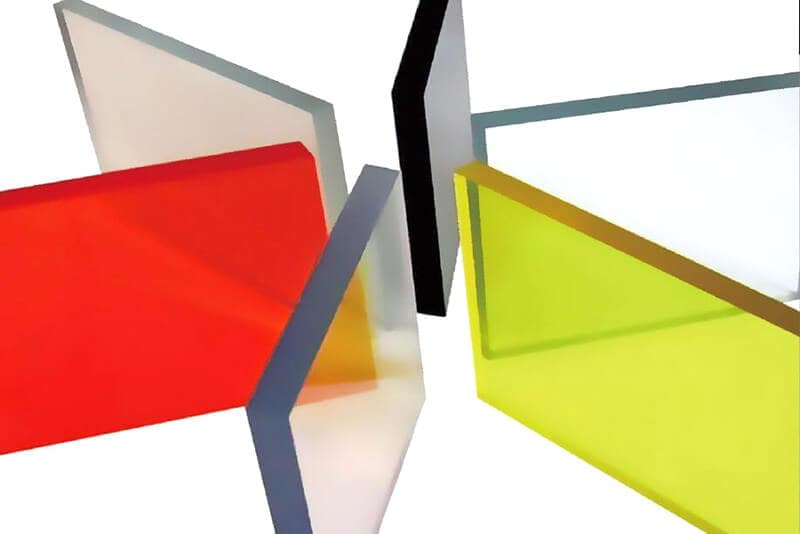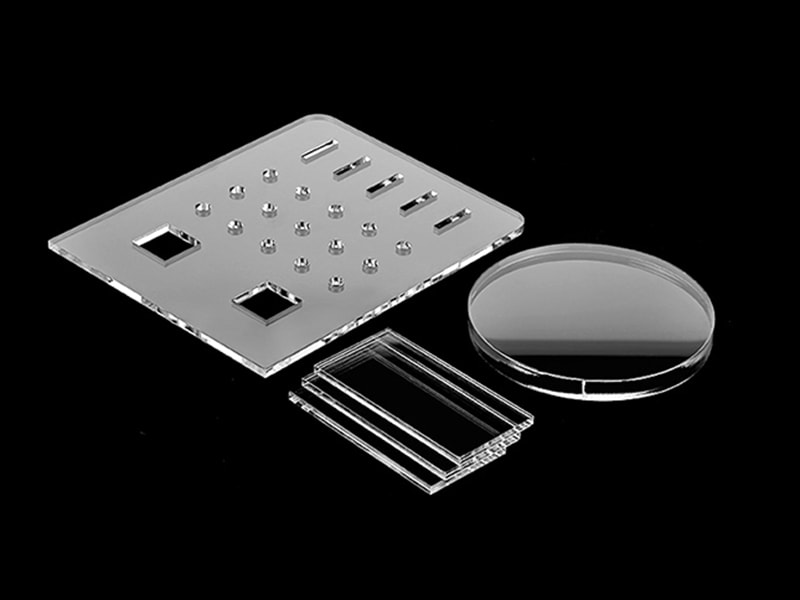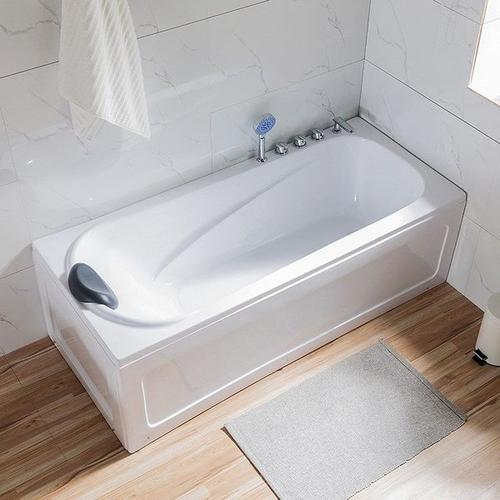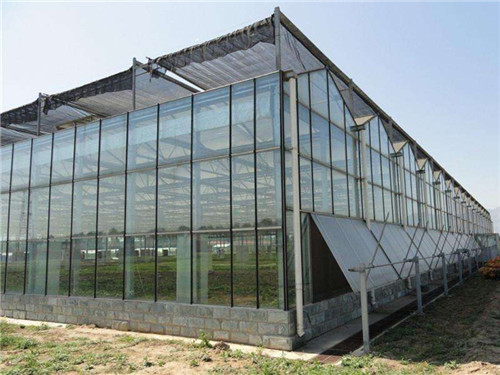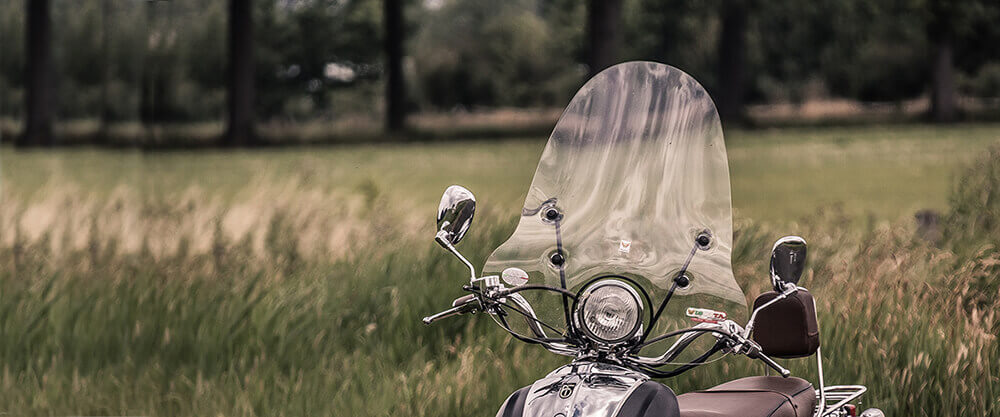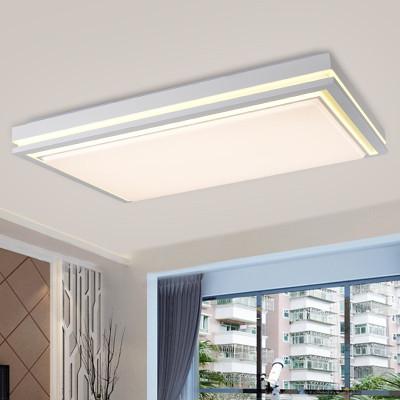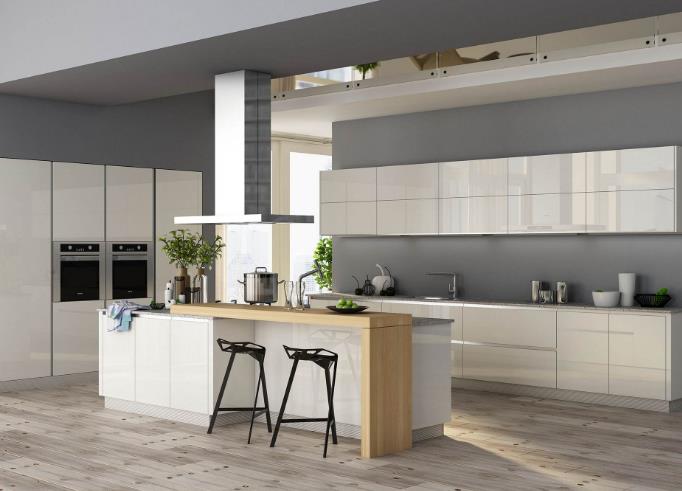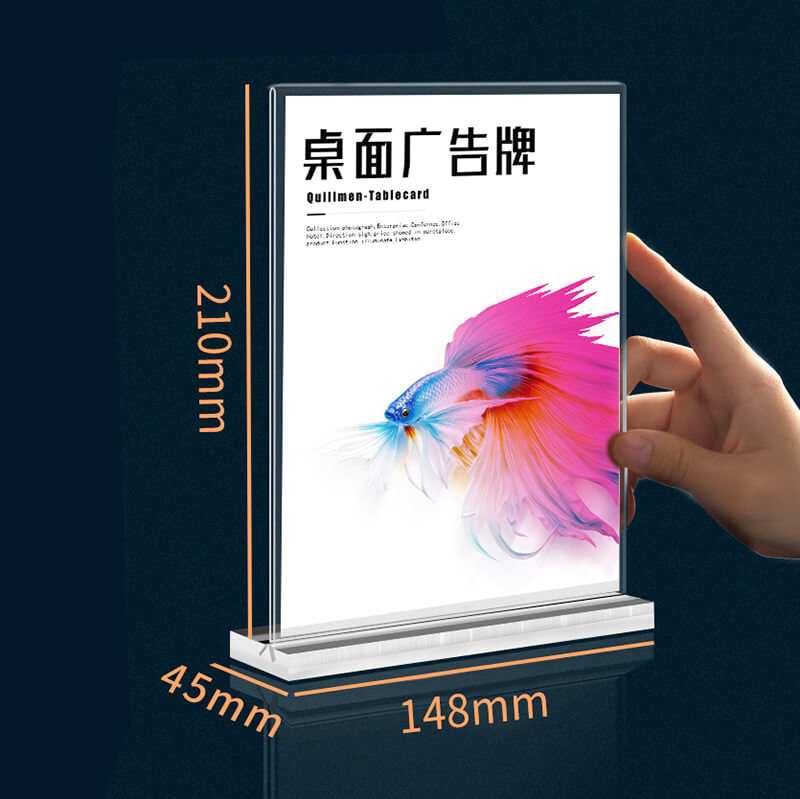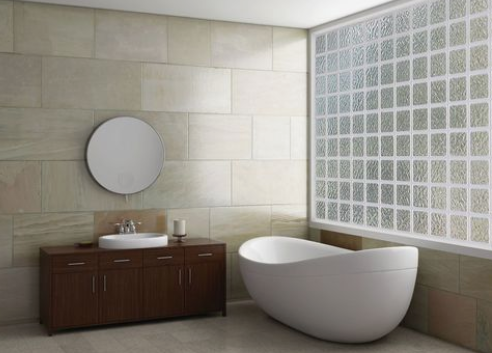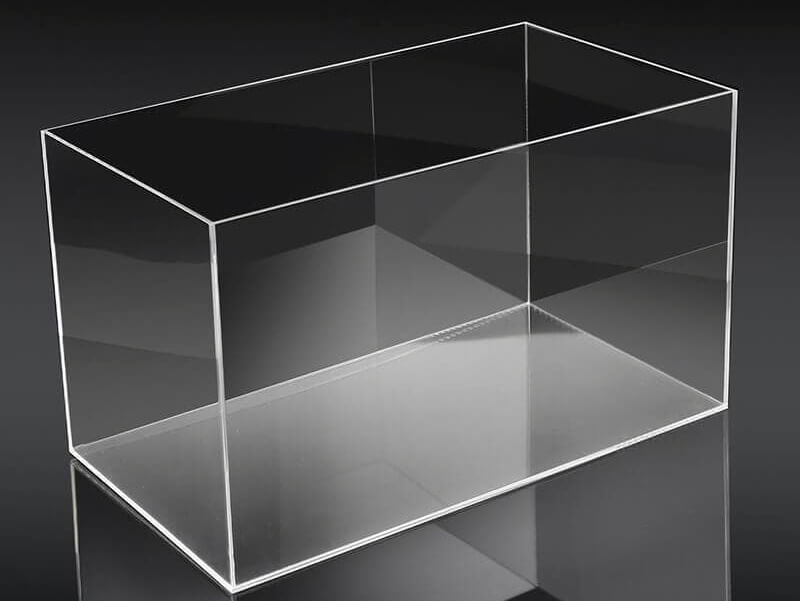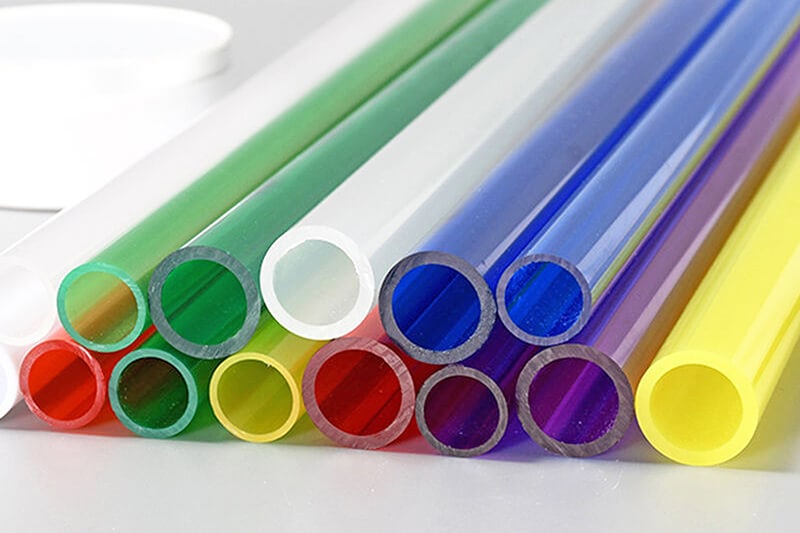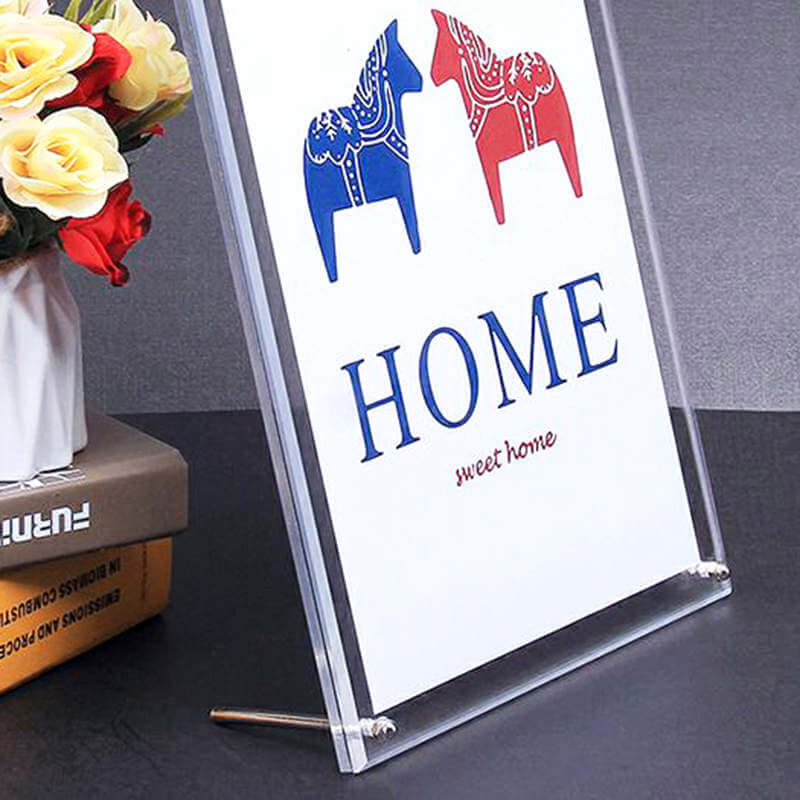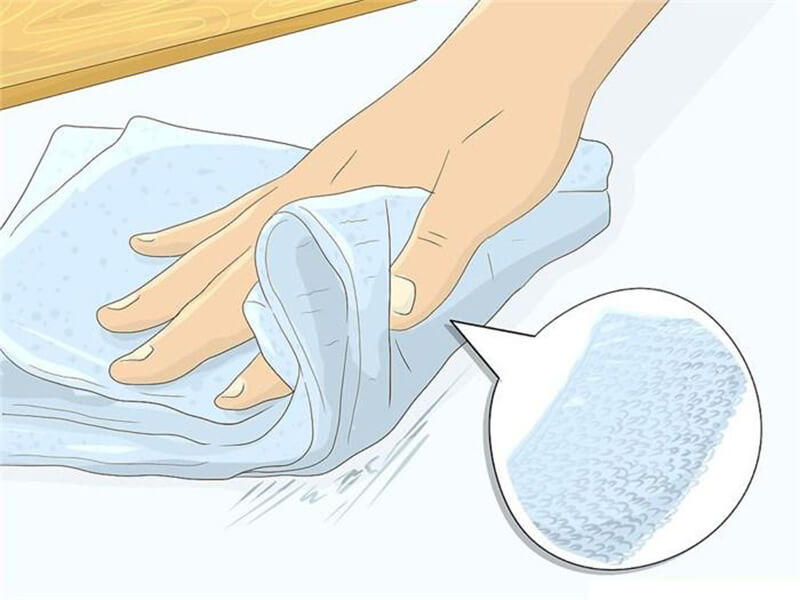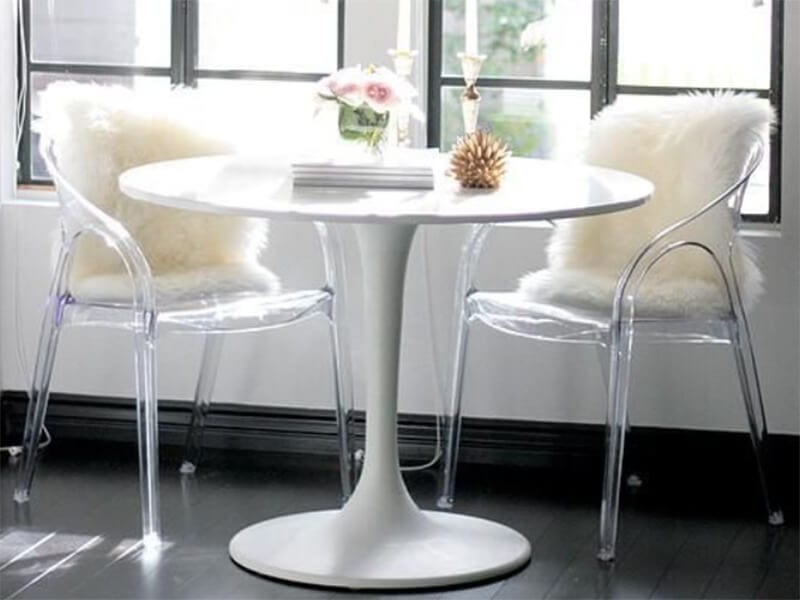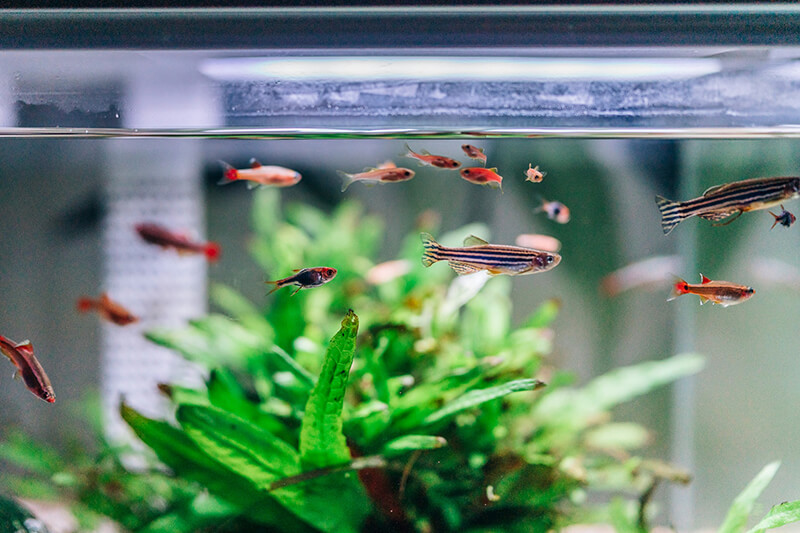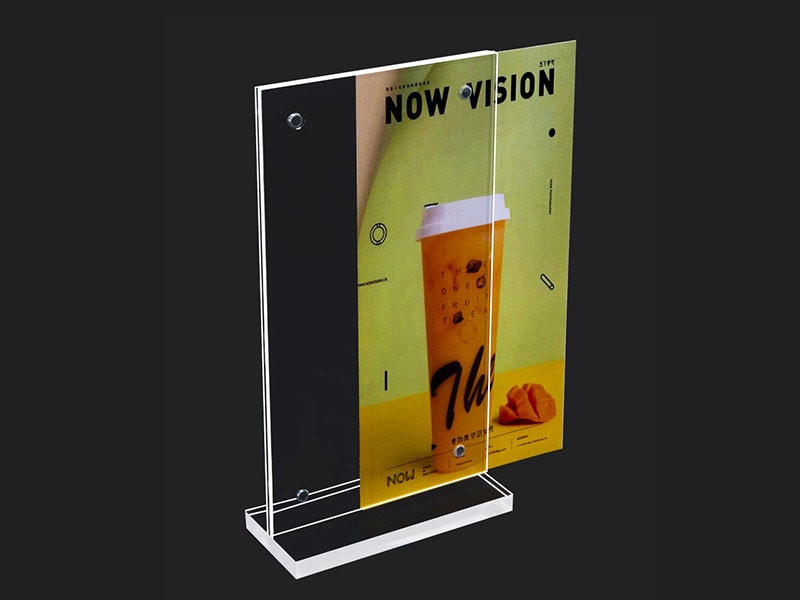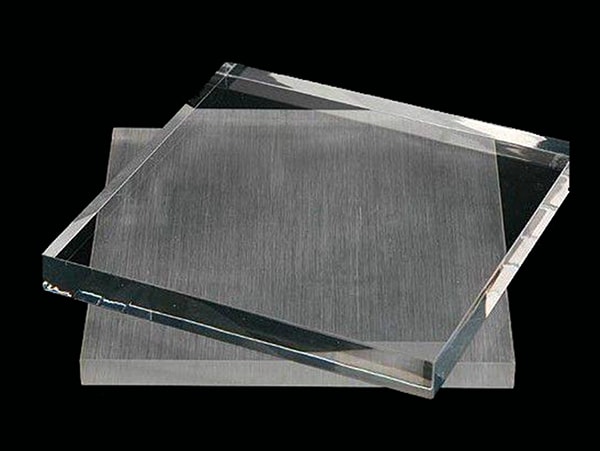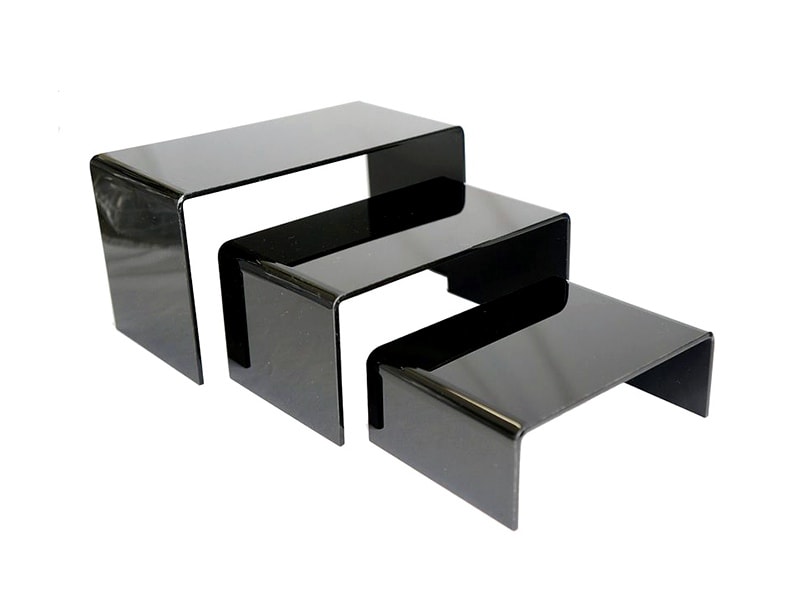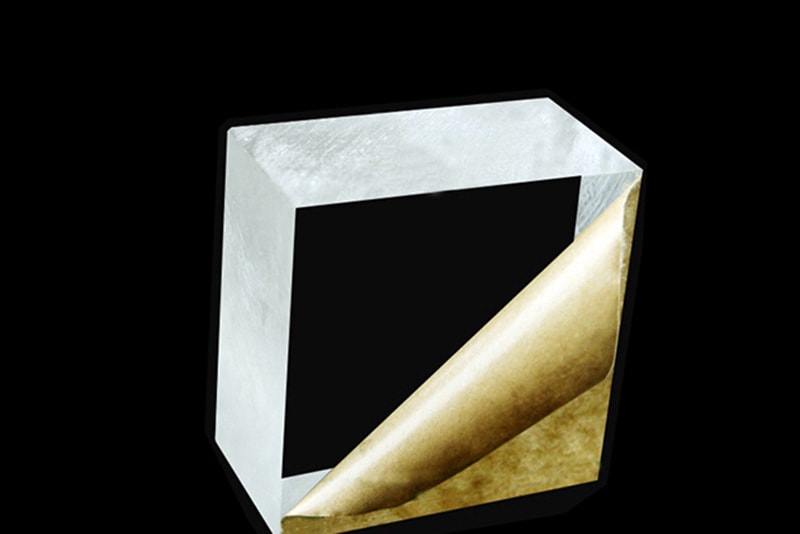Can you use acrylic as a splashback?
Know More About Acrylic
In your home life, kitchen decoration must be a headache, right? If you think your kitchen is still very monotonous, why not consider decorating with colorful Splashback! Splashbacks are a way to beautify the home, and the price is very reasonable. Therefore, it is more popular than the more traditional tile surface we chose in the 1990s. Most interior designers will recommend it to you when it comes to colorful When using Splashbacks in your kitchen, everyone will definitely think of using acrylic. Acrylic Splashbacks are used to cover the walls behind your hob or sink, replace tiles, and protect your wall surfaces from food splashes and water damage.
Are acrylic splashbacks heat-resistant?
When you consider using acrylic sheet as splash guards in your kitchen, safety must be the first consideration, right? So in fact, it is also worried about whether acrylic can be very heat-resistant. If your splash guard is very close to the stove, will the high temperature generated by the stove damage the splash guard? After all, as we all know, plastic is a very easily deformable material and will burn at high temperatures.
How about the heat resistance of the acrylic splash plate? Acrylic spatter can begin to deform and melt at around 80°C and completely liquefy at 160°C. Therefore, most acrylic splash guards are not suitable for use behind a direct heat source (such as the back of an electric stove or gas stove). You must use them in a safe place.
First, the acrylic splash guard can be used safely behind the induction cooker. The ring on the induction cooker does not emit the high temperature of its electric or gas counterpart. They are very efficient, and there is almost no excess heat in the surrounding area. Therefore, as long as it is not in direct contact with the heated pot or pot, the splashing water will not be exposed to high temperatures that may cause its warpage and deformation.
Of course, the splash plate in an acrylic bathroom can also protect the walls in the bathtub, shower, and sink area.
Are acrylic splashbacks durable?
The biggest role of splash guards is to prevent splashing and protect the walls. Acrylic splash guards are very silhouetted and have high impact resistance. They are fully capable of withstanding all kinds of “dangerous events” that occur in the kitchen every day, such as some knocks. , Bumps. And even if it is really contaminated with some stains, dust, or even scratches, acrylic can be handled very well, because it is very easy to clean by itself. It can be solved with a simple damp cloth or soap and liquid, and the surface scratches are also It can be repaired with sandpaper. Because of this, the durability of acrylic is very high.
Are acrylic splashbacks suitable for any environment?
Since the acrylic splash guard is very lightweight, it is easy to attach it to almost all surfaces. They are available in a variety of colors, including standard transparent colors, so they can match any color wall and complement various kitchen styles.
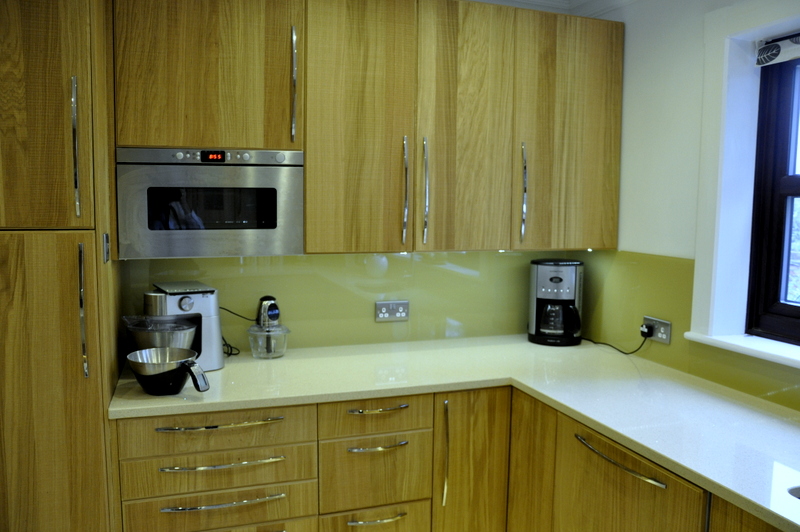
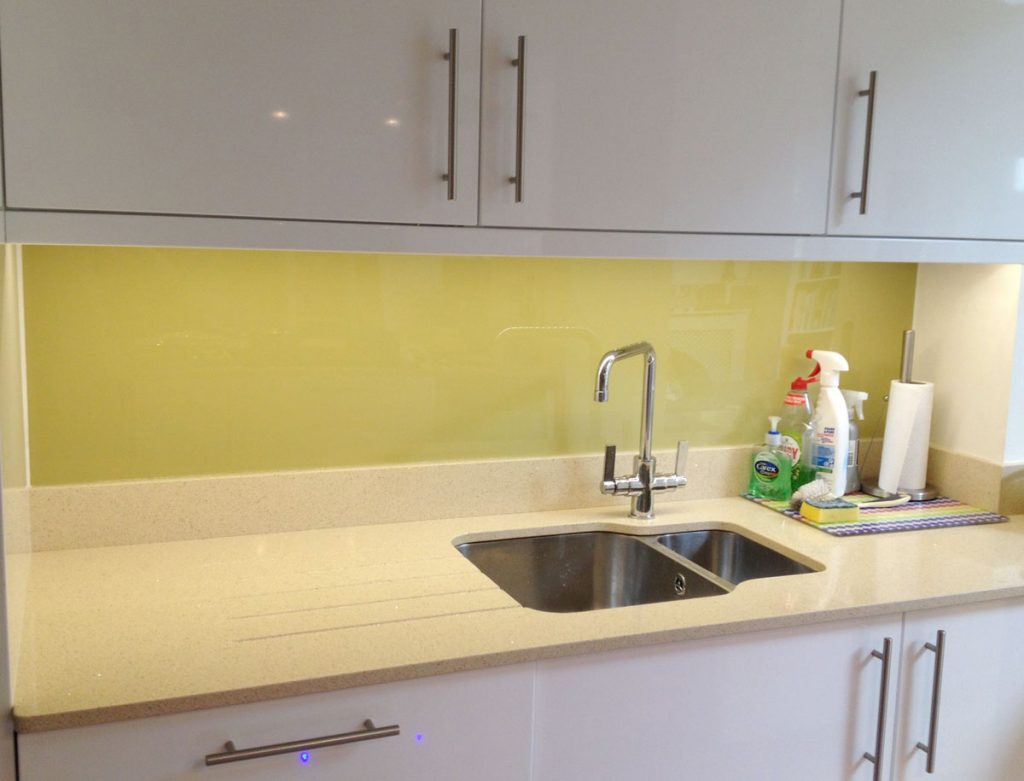
Advantages of acrylic splashbacks
Is acrylic splashbacks better than glass?
Compared with an acrylic splash plate, the price of a glass splash plate is higher, and glass is very easy to break. If it collides with some of your kitchen utensils, it is very likely to break immediately, which will not only cause you to produce extra Costs, but there may be damage to your body due to glass shards. On the other hand, the glass splash guard is very easy to attract dust and oil, and it is difficult to remove, which means it is difficult to keep the glass splash guard in a clean state.
Are acrylic splashbacks better than tile?
I think everyone must know that the tiles are a single piece of individual splicing together, so there must be gaps in these splicing places. These gaps are obviously where the stains hide. I don’t think I need to say more. You know how much this interface is dirty and difficult to handle. The acrylic splash plate is a whole, which can completely avoid this situation.
To install the tiles on the wall, you need to use cement. Bacteria will live inside the cement. After all, the splash plate is used in the kitchen. It is better to keep the bacteria less, right?
How to install acrylic splashbacks?
Glass is a heavy material, so glass splash guards need strong adhesives or support to hold them in place. Acrylic splash guards are extremely lightweight, so they are easier to apply to most wall surfaces and easy to install.
First of all, what we want to install is an acrylic splash plate, so naturally, it must be fitted to our kitchen wall, which means that the size must be accurately measured for easy installation and use in the future, even if the size is slightly larger. Never report a small. After you receive the acrylic product, you can check it on the wall. If there is overflow, it does not matter. Acrylic can be cut and polished. It is not difficult to remove a little with sandpaper to make it fit.
To sand the material correctly, first use 180 grit sandpaper, then 320 grit sandpaper, and finally 600 grit sandpaper. Acrylic is also very easy to saw, so if you need to remove a few millimeters or more of thickness, you can always use a fine-tooth saw or hacksaw to press it to the desired size. If you need help, please feel free to contact us or read this blog.
There are two ways to install the acrylic splash plate on the wall.
The first method is to use glue. I need to remind you that most of the adhesives that can be used on the wall are disposable. If it is stuck, it may affect your effect and cannot be corrected. So in order to avoid this situation, please be sure to Be careful. Before fixing, make sure that the acrylic splash plate and the wall are clean and dry, and then adjust the position to fix the acrylic splash plate. By the way, there is no need to apply adhesive on the edge of the acrylic splash plate, because when the acrylic splash plate is pressed on the wall, the adhesive will overflow. You can leave about 10mm at the edge to avoid this circumstance occurs.
The second method is to use screws. Fixing with screws is easier and can be corrected. Of course, it is best to do it all at once. If you want to use screws to fix the splash plate, you need to perforate the acrylic splash plate. You can read this blog to learn more about the operation of the hole. Drilling acrylic is not an easy process, you can seek our help. The only point to note with this method is to make sure that the holes on the board are aligned with the holes planned on the wall, and that no holes are drilled in pipes, cables, or the like. Then you only need to screw the screws into the wall, there is no difficulty.
How much does acrylic splashback cost?
Acrylic splash guards are usually much cheaper than glass alternatives, so if your budget is limited, plastic or acrylic splash guards may be your best choice.
These are some typical prices for acrylic splashbacks: A 2.4-meter length of a simple acrylic splashback might cost $70. A better quality 2.4-meter length of acrylic splashback might cost $85 to $105. A top-of-the-line acrylic splashback might cost $180 for a 1.2-meter length.
The more specific quotation also requires you to give the size to be customized to determine, you can consult us at any time.
Choose the right supplier of acrylic splashback
How to choose the right supplier of acrylic splashback, which can provide good quality and a better price? UVACRYLIC will be the best choice for you. UVACRYLIC is a leading manufacturer of acrylic sheets in China. In the meantime, it provides custom acrylic-based products according to your drawings. Please feel free to contact us for a quotation.
Need A Trustworthy Supplier Of Acrylic Product
Click on the button, you will find the Trustworthy Supplier Of Acrylic-based product and machining services.

